
Types of Florida Habitats
-

Mangroves
A mangrove habitat is a type of wetland ecosystem found in coastal areas, characterized by the presence of mangrove trees. Mangrove trees are a group of salt-tolerant trees and shrubs that are adapted to grow in intertidal zones, where the land is periodically flooded by seawater.
-
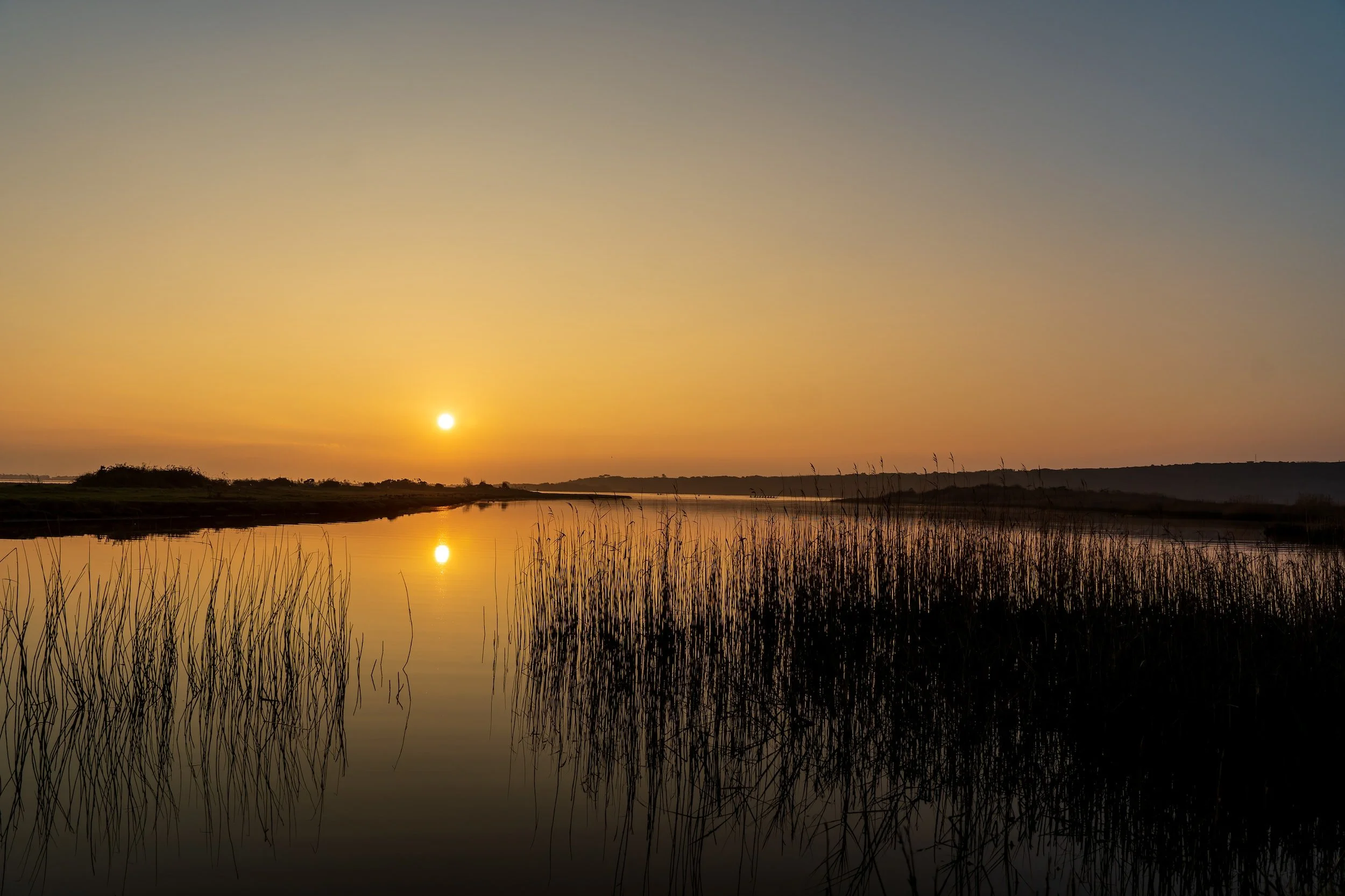
Freshwater Marshes
A freshwater marsh is a type of wetland ecosystem characterized by the presence of standing water and emergent vegetation, such as reeds, sedges, and grasses. Freshwater marshes can be found in many parts of Florida, including the Everglades and the Kissimmee River Basin.
-
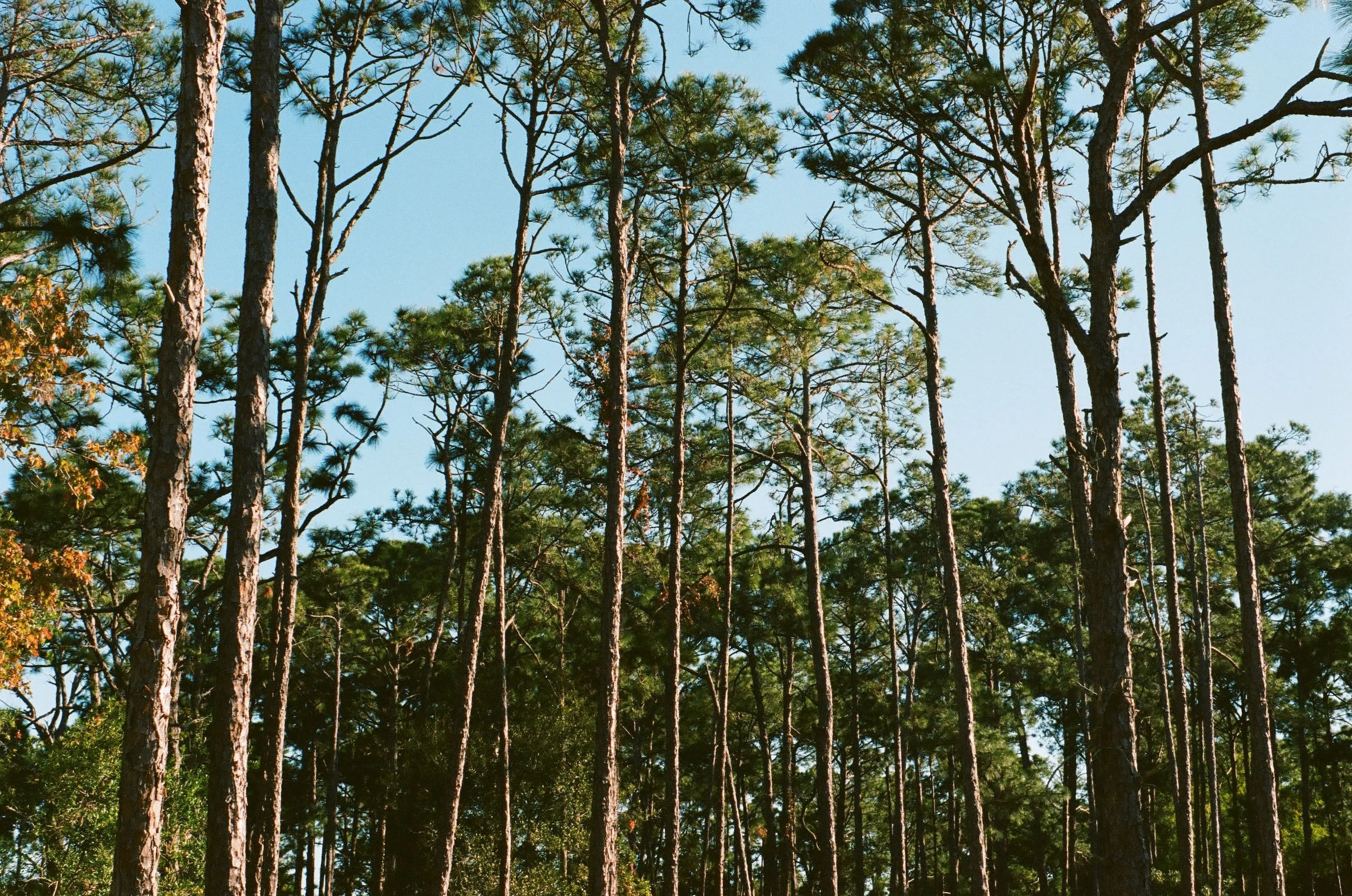
Pine Rocklands
The Florida pineland habitat is a type of forest ecosystem that is found throughout the state, but is most common in the southern portion of Florida. It is characterized by the presence of longleaf pine trees, along with a variety of other plant species, including wiregrass, saw palmetto, and gallberry.
-
Coastal Prairies
A coastal prairie is a grassland ecosystem that is found in low-lying areas along the state's coastline. It is characterized by the presence of a diverse community of grasses, wildflowers, and other herbaceous plants that have adapted to the harsh coastal environment.
-

Cypress Swamps
A cypress swamp is a unique type of wetland ecosystem that is found throughout the state. It is characterized by the presence of towering cypress trees, along with a variety of other plant species that have adapted to the wet, swampy conditions.
-

Hardwood Hammocks
A hardwood hammock is a type of forest ecosystem that is typically found in areas with a humid subtropical or tropical climate. It is characterized by the presence of a dense canopy of tall, broad-leaved trees, which provide shade and protection for the forest floor.
-
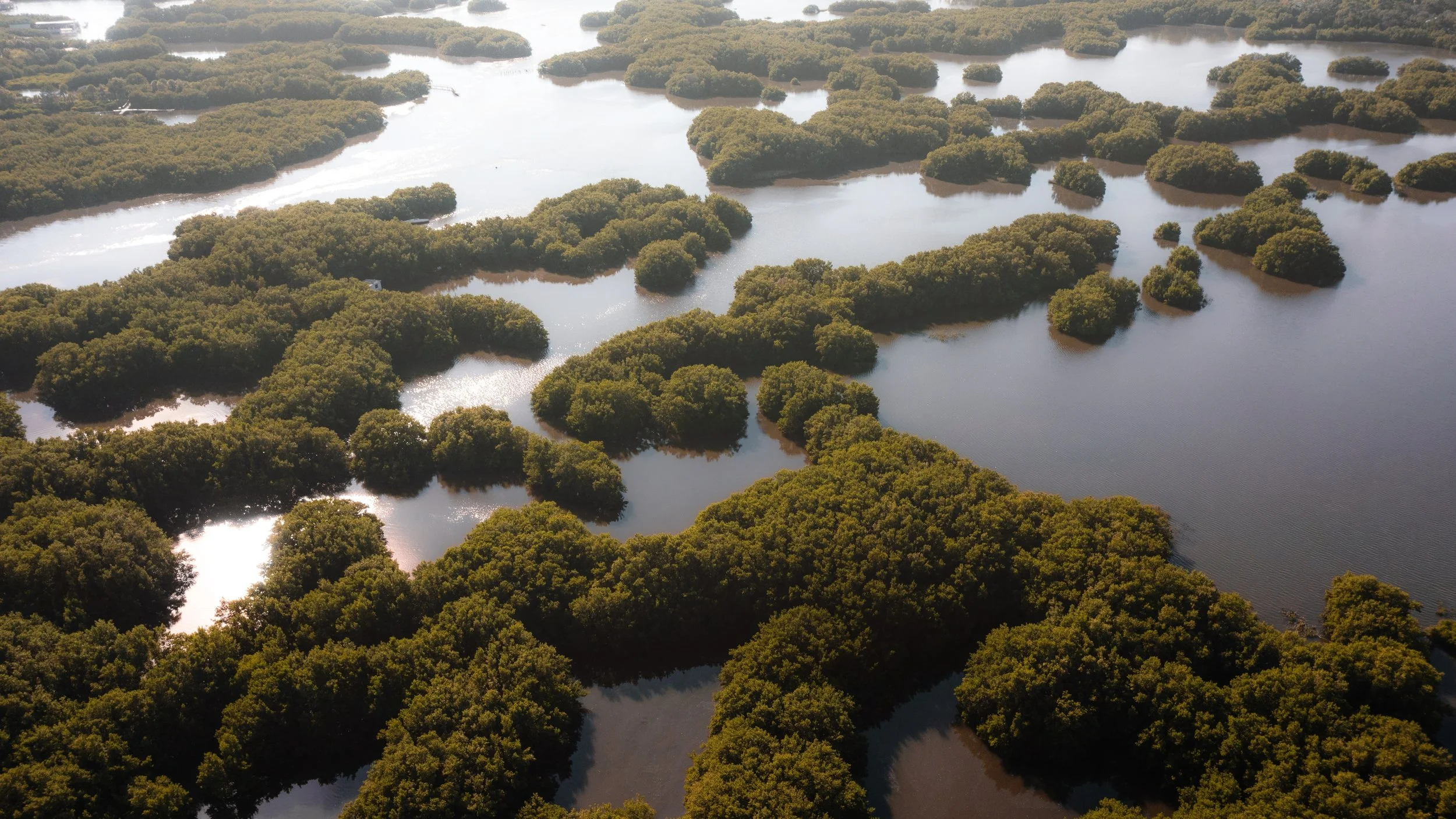
Marine and Estuarine Waters
Marine and estuarine habitats are two different types of aquatic ecosystems. Marine habitats are found in the open ocean and are characterized by saltwater, waves, and tides. Estuarine habitats are areas where freshwater meets saltwater, such as where a river meets the ocean.
-
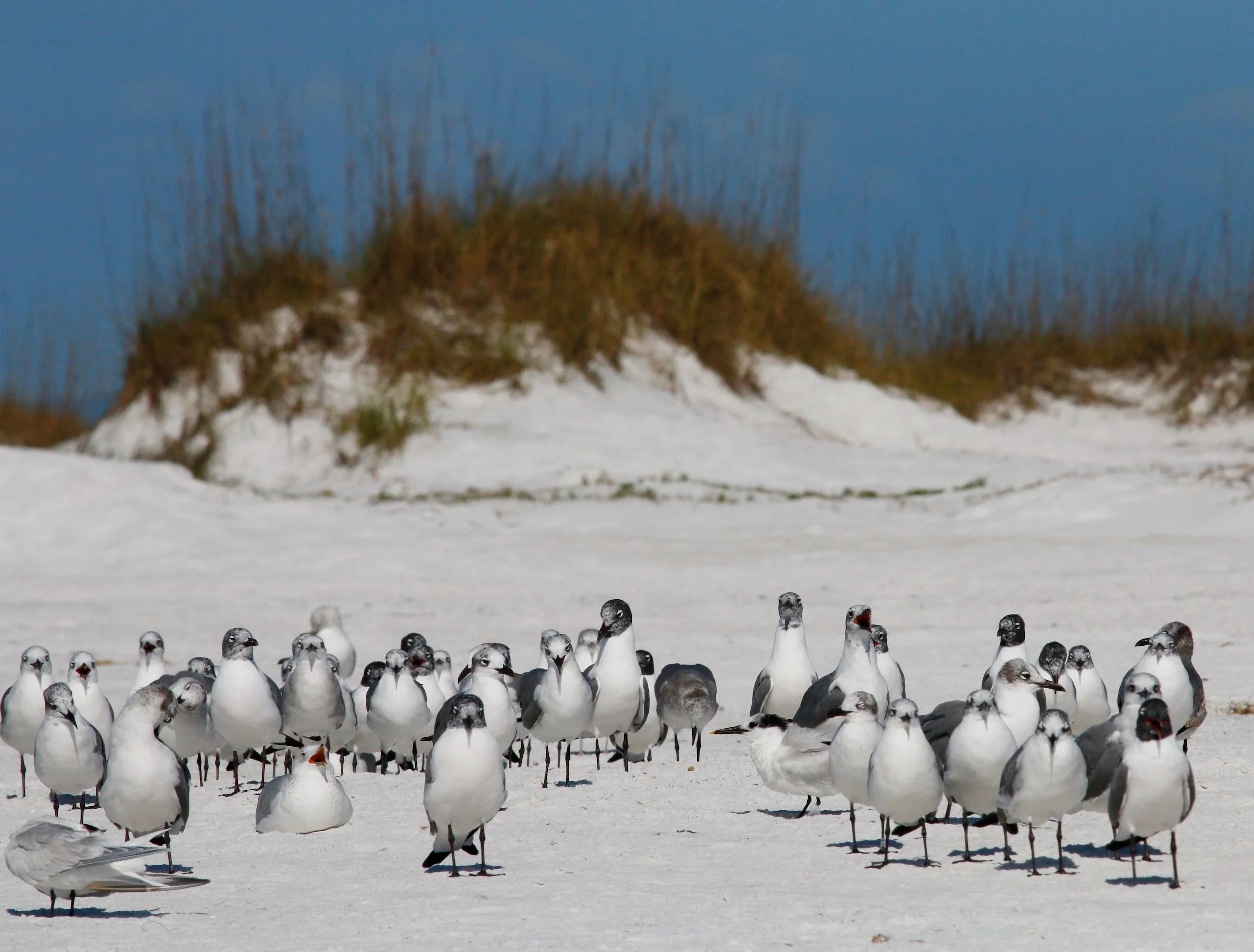
Beaches and Dunes
Beaches and dunes are coastal ecosystems that are formed by the interaction of wind, waves, and tides.
-

Scrub
A scrub habitat is a type of dry, sandy ecosystem that is found in areas with well-draining, nutrient-poor soils. Scrub habitats are characterized by the presence of low-growing, woody shrubs and trees that are adapted to these harsh conditions.
-
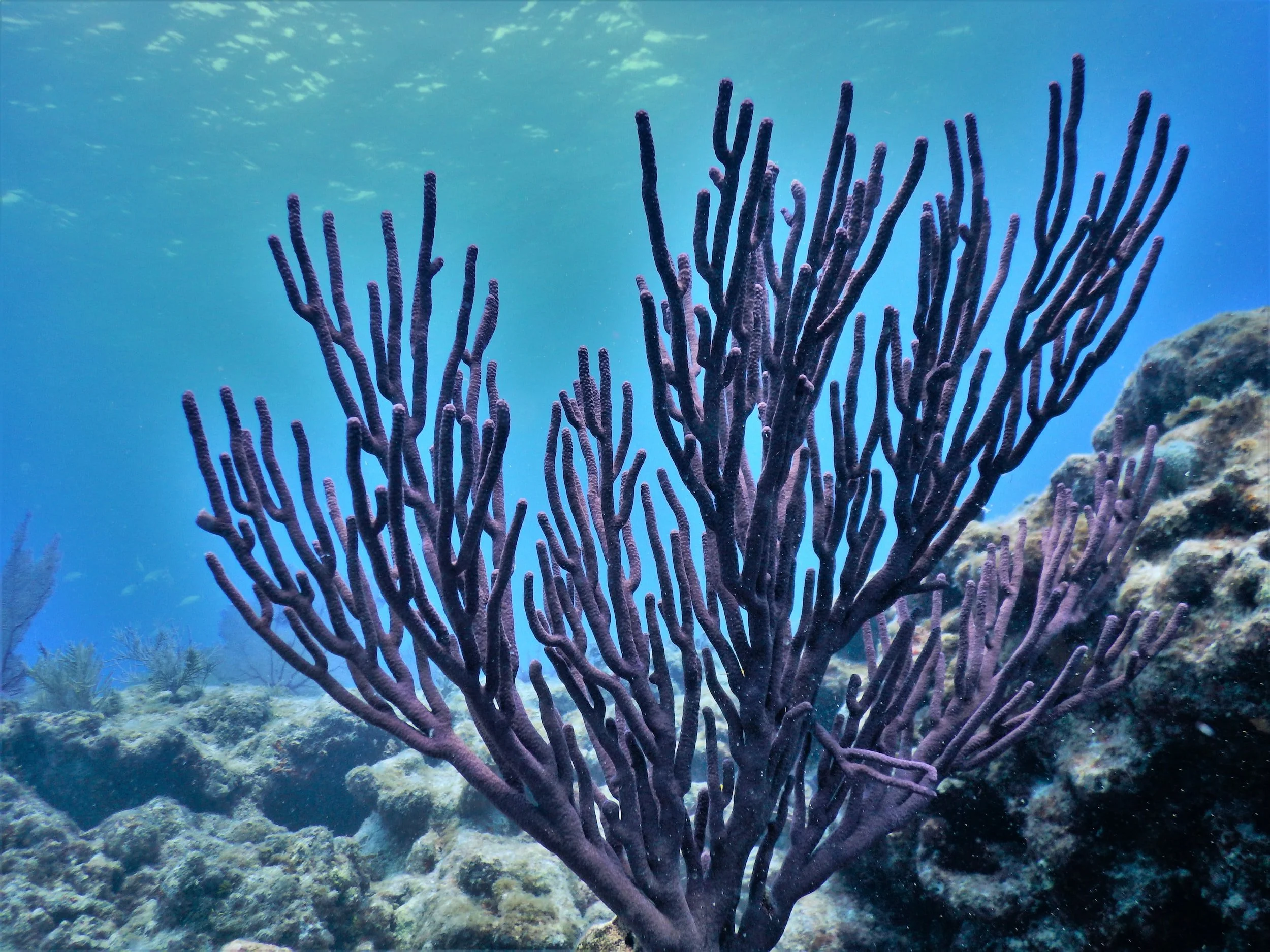
Corals
A coral reef ecosystem is a diverse and complex marine environment that is home to a wide variety of species. The ecosystem is primarily built around the presence of coral reefs, which are structures made up of colonies of tiny animals called coral polyps.
-

Seagrasses
A seagrass ecosystem is a marine environment characterized by the presence of seagrasses, a type of flowering plant that grows underwater. Seagrass ecosystems can be found in shallow, sheltered areas such as bays, lagoons, and estuaries.
-
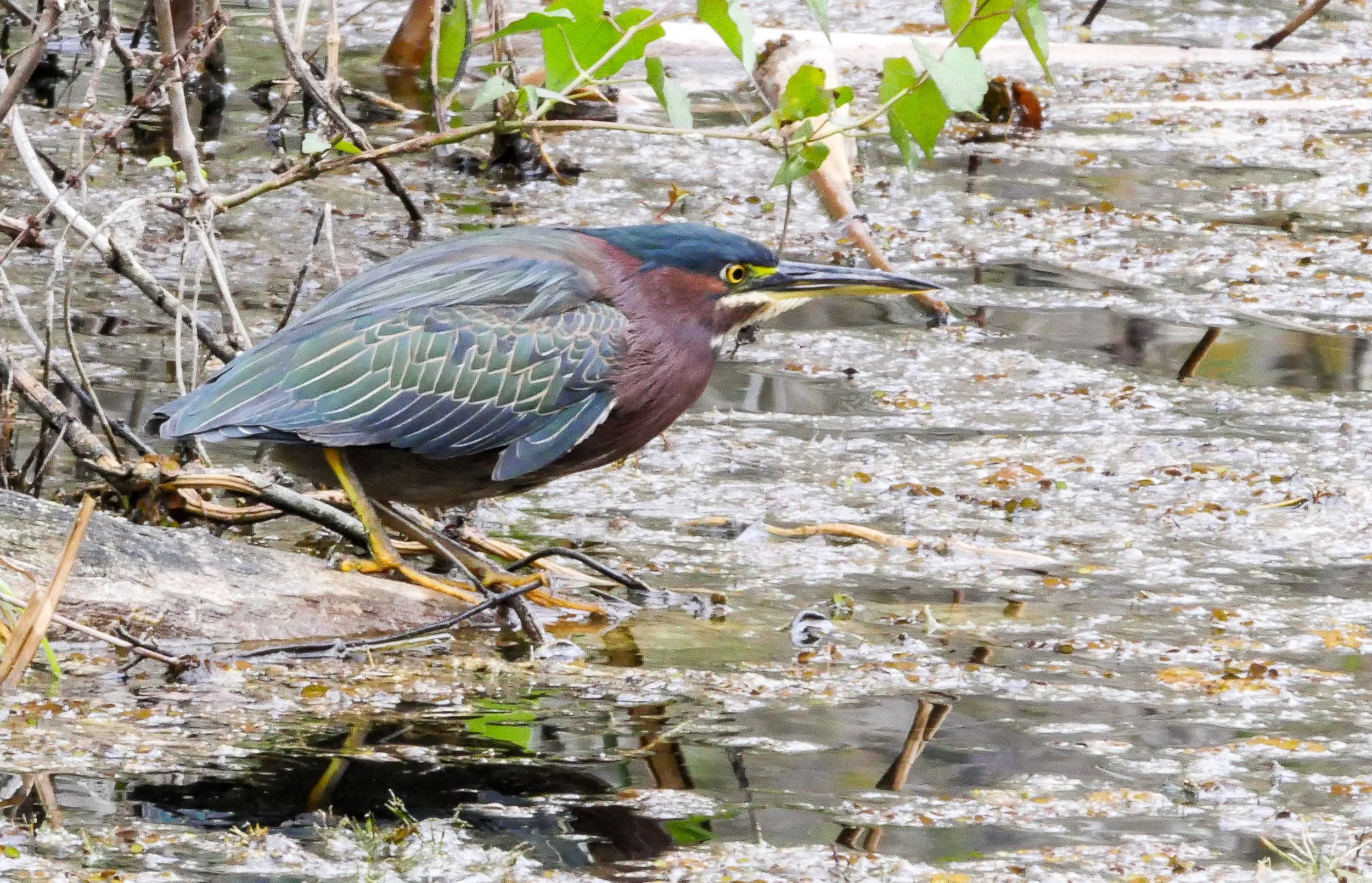
Freshwater Slough
A freshwater slough is a type of wetland ecosystem found in Florida, characterized by slow-moving water that is rich in organic matter. Sloughs are typically found in flat, low-lying areas, and are often associated with rivers or other water bodies.
-
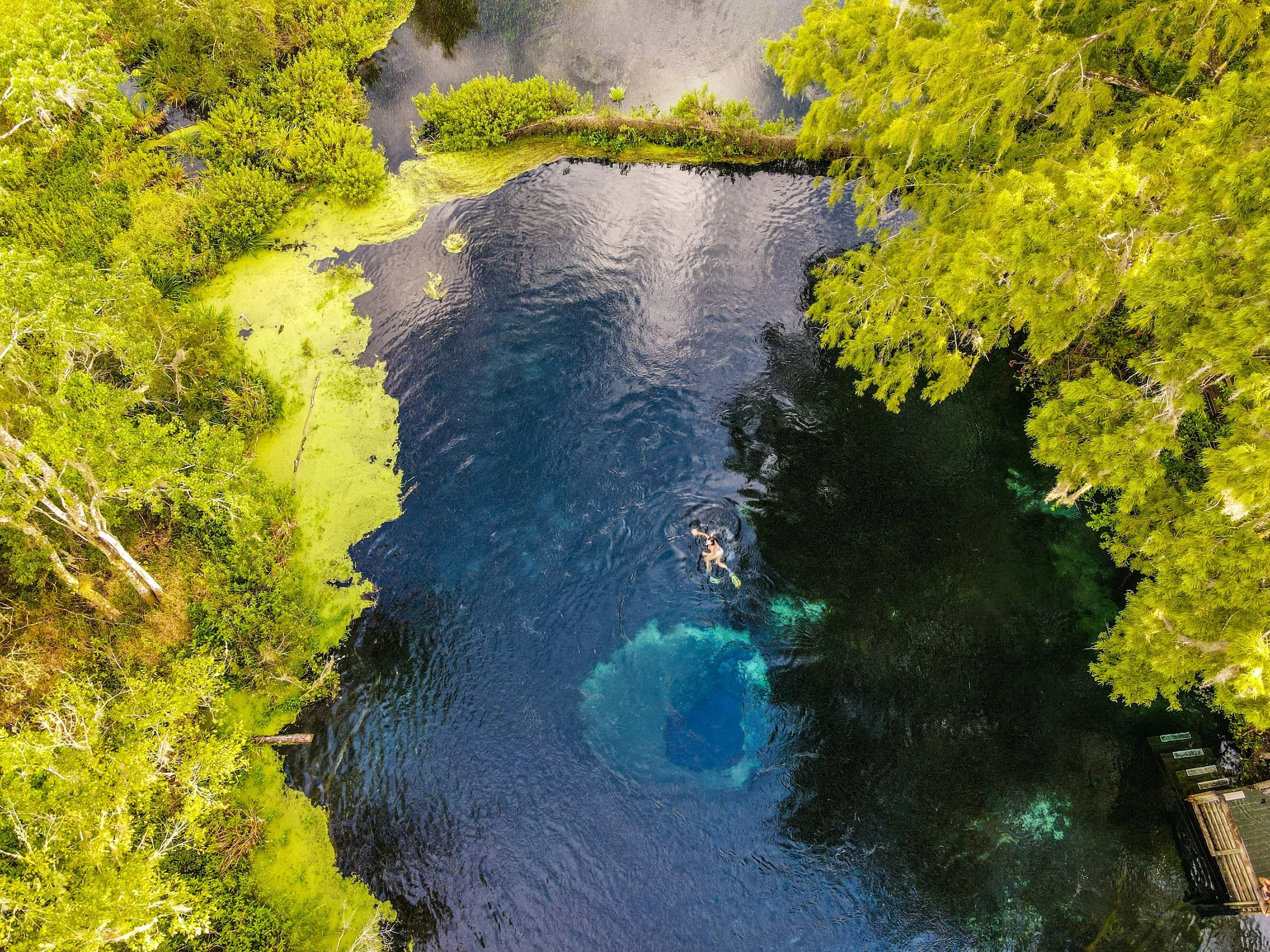
Freshwater Springs
Freshwater springs are unique and highly productive aquatic ecosystems that are fed by underground aquifers. They are characterized by crystal-clear water that is constantly flowing from underground springs, creating a pristine and stable environment for a variety of plant and animal species.
-

Estuaries
These are areas where freshwater from rivers and saltwater from the ocean mix. They serve as crucial breeding and nursery grounds for many species of fish, shellfish, and birds.
-

Salt Marshes
Salt marshes along the coastlines are grass-dominated marine habitats inundated by saltwater during high tides. They provide feeding, nesting, and shelter for numerous marine species.
-

Barrier Islands
These narrow strips of land parallel to the coast serve as natural buffers against ocean waves and storms, offering marine habitats for various species adapted to the island environment.


